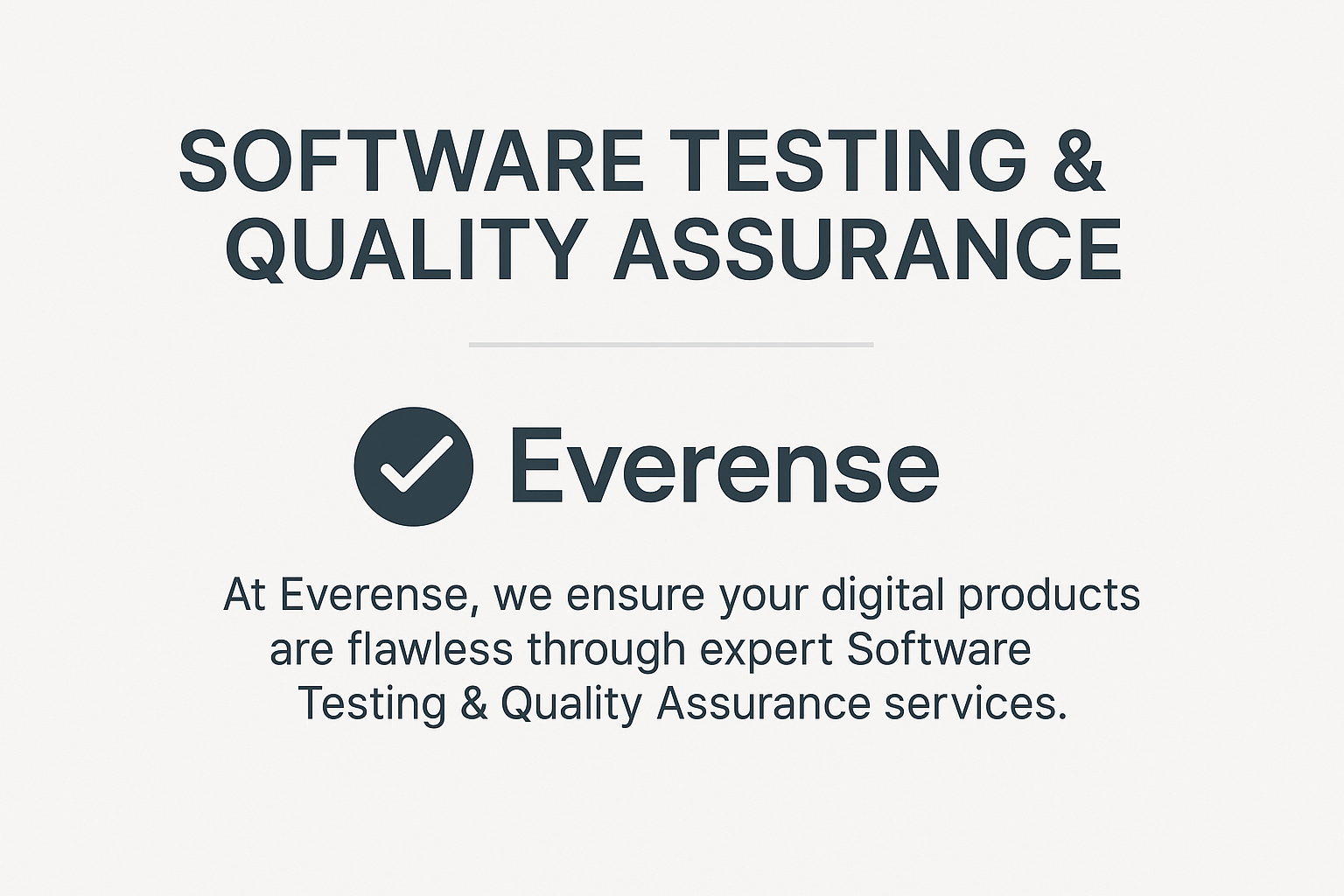The Evolution of Small Animal Imaging: Advancements and the Road Ahead
The field of small animal imaging has undergone a remarkable transformation over the past two decades, evolving from niche academic tools to indispensable platforms in preclinical research.
https://www.marketresearchfuture.com/reports/small-animal-imaging-market-6175
Driven by technological innovation, the demand for more precise data, and the principles of reducing animal usage, recent advancements are pushing the boundaries of spatial resolution, temporal resolution, and molecular specificity. These cutting-edge developments are poised to further revolutionize drug discovery, disease modeling, and our fundamental understanding of biology.
Key Technological Advancements:
Higher Field Strength MRI and Faster Acquisitions:
Advancement: Preclinical MRI systems are moving towards ultra-high field strengths (e.g., 7 Tesla, 9.4 Tesla, and even 11.7 Tesla). This significantly increases signal-to-noise ratio and spatial resolution, allowing visualization of even finer anatomical details (down to tens of microns) and subtle lesions.
Impact: Enables more detailed studies of small organs like the mouse brain or heart, allowing for the detection of subtle changes in neurodegenerative disease models or precise cardiac function assessments. Faster acquisition sequences reduce scan times, improving throughput and animal welfare.
Improved Detector Technology in PET/SPECT:
Advancement: New detector materials (e.g., solid-state detectors), improved crystal designs, and advanced electronics have led to higher sensitivity, better spatial resolution, and faster coincidence timing in PET and SPECT systems.
Impact: Enables imaging with lower doses of radiotracers, reducing radiation exposure to animals, and provides more accurate quantitative data, crucial for precise pharmacokinetic and pharmacodynamic studies. The development of total-body PET systems for small animals is also on the horizon, allowing simultaneous imaging of all organs.
Optics: Deepening Penetration and Broader Applications:
Advancement: While traditionally limited by light penetration, innovations like Cerenkov Luminescence Imaging (CLI), Photoacoustic Imaging (PAI), and near-infrared (NIR) fluorescent probes are extending the utility of optical imaging.
CLI: Detects light emitted by charged particles as they travel faster than light in a medium. It can visualize PET or SPECT tracers optically, offering a cheaper and more accessible alternative to dedicated PET/SPECT for superficial structures.
PAI: A hybrid technique that uses light to generate sound waves. It provides functional information (e.g., oxygen saturation, blood vessel mapping) at depths greater than pure optical imaging, offering high spatial resolution and excellent contrast for soft tissues.
NIR Probes: Fluorescent probes emitting in the near-infrared spectrum penetrate deeper into tissue due to less absorption and scattering.
Impact: Broadens the application of optical imaging for deeper tissues and offers novel functional insights.
Multimodality and Hybrid Systems:
Advancement: The seamless integration of different modalities into single, often compact, systems (e.g., PET/MRI, SPECT/CT, Optical/CT) continues to advance. Hardware and software co-registration are becoming more sophisticated.
Impact: Provides comprehensive anatomical, functional, and molecular information simultaneously, maximizing data extraction from each animal and facilitating highly correlative studies.
Artificial Intelligence (AI) and Machine Learning (ML):
Advancement: AI/ML algorithms are being applied to various aspects of small animal imaging, including:
Image Reconstruction: Improving image quality from noisy or low-dose data.
Image Analysis: Automating segmentation, quantification, and feature extraction, speeding up analysis and reducing human bias.
Workflow Optimization: Assisting with experimental design, data management, and identifying optimal imaging protocols.
Impact: Increases efficiency, accuracy, and reproducibility of preclinical imaging studies.
Molecular Probes and Reporter Genes:
Advancement: Continuous development of novel, highly specific molecular probes (radiotracers, fluorescent dyes) and genetically engineered reporter systems that target specific enzymes, receptors, cell types, or pathological processes.
Impact: Enables imaging of a wider range of biological phenomena with greater specificity and sensitivity.
The Road Ahead in India:
India's biomedical research landscape is rapidly integrating these advancements. Leading institutions are upgrading their facilities, and there's a growing emphasis on training researchers in advanced imaging techniques and data analysis. The drive for indigenous drug discovery and the need for robust preclinical validation will continue to fuel investment in cutting-edge small animal imaging platforms.
While the cost of advanced equipment remains a factor (e.g., high-field MRI or integrated PET/MRI systems can run into several crores of rupees, while advanced microCT and optical systems can be tens of lakhs to a few crores), the long-term benefits in terms of research output and translational impact are undeniable.
The future of small animal imaging points towards even greater automation, miniaturization, and the ability to extract unprecedented levels of detail from living systems, paving the way for breakthrough discoveries in human health.
The Evolution of Small Animal Imaging: Advancements and the Road Ahead
The field of small animal imaging has undergone a remarkable transformation over the past two decades, evolving from niche academic tools to indispensable platforms in preclinical research.
https://www.marketresearchfuture.com/reports/small-animal-imaging-market-6175
Driven by technological innovation, the demand for more precise data, and the principles of reducing animal usage, recent advancements are pushing the boundaries of spatial resolution, temporal resolution, and molecular specificity. These cutting-edge developments are poised to further revolutionize drug discovery, disease modeling, and our fundamental understanding of biology.
Key Technological Advancements:
Higher Field Strength MRI and Faster Acquisitions:
Advancement: Preclinical MRI systems are moving towards ultra-high field strengths (e.g., 7 Tesla, 9.4 Tesla, and even 11.7 Tesla). This significantly increases signal-to-noise ratio and spatial resolution, allowing visualization of even finer anatomical details (down to tens of microns) and subtle lesions.
Impact: Enables more detailed studies of small organs like the mouse brain or heart, allowing for the detection of subtle changes in neurodegenerative disease models or precise cardiac function assessments. Faster acquisition sequences reduce scan times, improving throughput and animal welfare.
Improved Detector Technology in PET/SPECT:
Advancement: New detector materials (e.g., solid-state detectors), improved crystal designs, and advanced electronics have led to higher sensitivity, better spatial resolution, and faster coincidence timing in PET and SPECT systems.
Impact: Enables imaging with lower doses of radiotracers, reducing radiation exposure to animals, and provides more accurate quantitative data, crucial for precise pharmacokinetic and pharmacodynamic studies. The development of total-body PET systems for small animals is also on the horizon, allowing simultaneous imaging of all organs.
Optics: Deepening Penetration and Broader Applications:
Advancement: While traditionally limited by light penetration, innovations like Cerenkov Luminescence Imaging (CLI), Photoacoustic Imaging (PAI), and near-infrared (NIR) fluorescent probes are extending the utility of optical imaging.
CLI: Detects light emitted by charged particles as they travel faster than light in a medium. It can visualize PET or SPECT tracers optically, offering a cheaper and more accessible alternative to dedicated PET/SPECT for superficial structures.
PAI: A hybrid technique that uses light to generate sound waves. It provides functional information (e.g., oxygen saturation, blood vessel mapping) at depths greater than pure optical imaging, offering high spatial resolution and excellent contrast for soft tissues.
NIR Probes: Fluorescent probes emitting in the near-infrared spectrum penetrate deeper into tissue due to less absorption and scattering.
Impact: Broadens the application of optical imaging for deeper tissues and offers novel functional insights.
Multimodality and Hybrid Systems:
Advancement: The seamless integration of different modalities into single, often compact, systems (e.g., PET/MRI, SPECT/CT, Optical/CT) continues to advance. Hardware and software co-registration are becoming more sophisticated.
Impact: Provides comprehensive anatomical, functional, and molecular information simultaneously, maximizing data extraction from each animal and facilitating highly correlative studies.
Artificial Intelligence (AI) and Machine Learning (ML):
Advancement: AI/ML algorithms are being applied to various aspects of small animal imaging, including:
Image Reconstruction: Improving image quality from noisy or low-dose data.
Image Analysis: Automating segmentation, quantification, and feature extraction, speeding up analysis and reducing human bias.
Workflow Optimization: Assisting with experimental design, data management, and identifying optimal imaging protocols.
Impact: Increases efficiency, accuracy, and reproducibility of preclinical imaging studies.
Molecular Probes and Reporter Genes:
Advancement: Continuous development of novel, highly specific molecular probes (radiotracers, fluorescent dyes) and genetically engineered reporter systems that target specific enzymes, receptors, cell types, or pathological processes.
Impact: Enables imaging of a wider range of biological phenomena with greater specificity and sensitivity.
The Road Ahead in India:
India's biomedical research landscape is rapidly integrating these advancements. Leading institutions are upgrading their facilities, and there's a growing emphasis on training researchers in advanced imaging techniques and data analysis. The drive for indigenous drug discovery and the need for robust preclinical validation will continue to fuel investment in cutting-edge small animal imaging platforms.
While the cost of advanced equipment remains a factor (e.g., high-field MRI or integrated PET/MRI systems can run into several crores of rupees, while advanced microCT and optical systems can be tens of lakhs to a few crores), the long-term benefits in terms of research output and translational impact are undeniable.
The future of small animal imaging points towards even greater automation, miniaturization, and the ability to extract unprecedented levels of detail from living systems, paving the way for breakthrough discoveries in human health.


